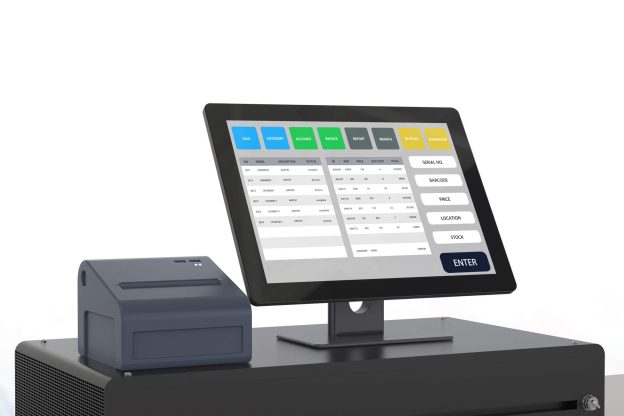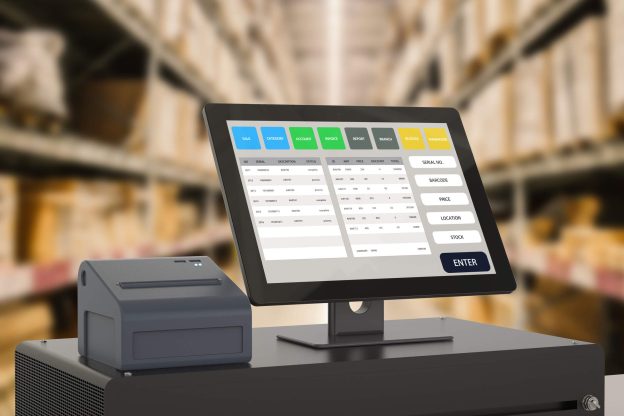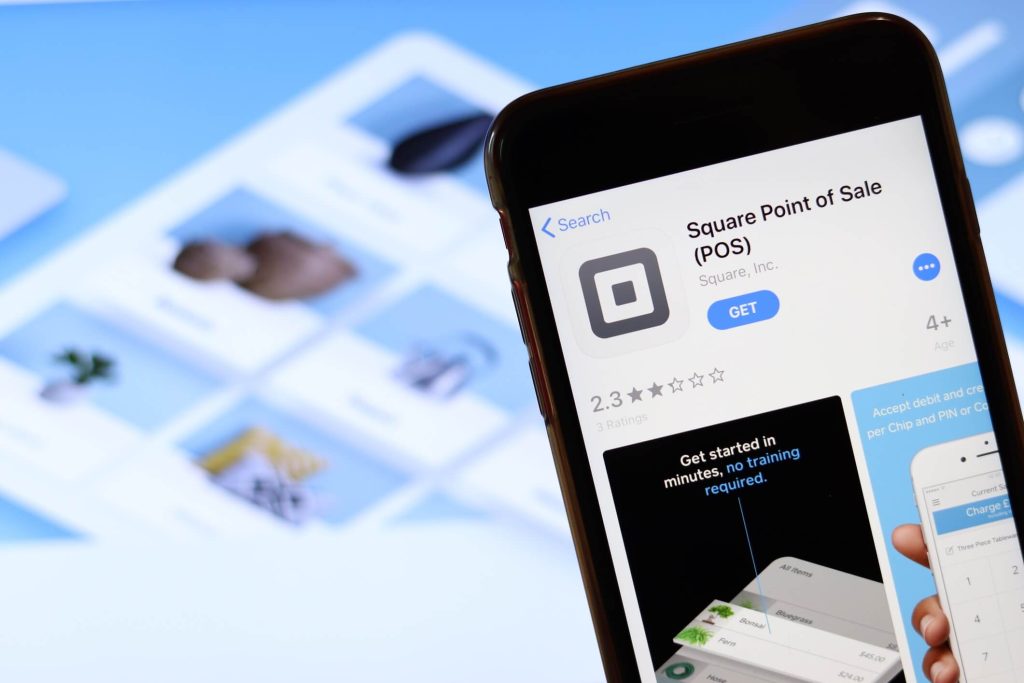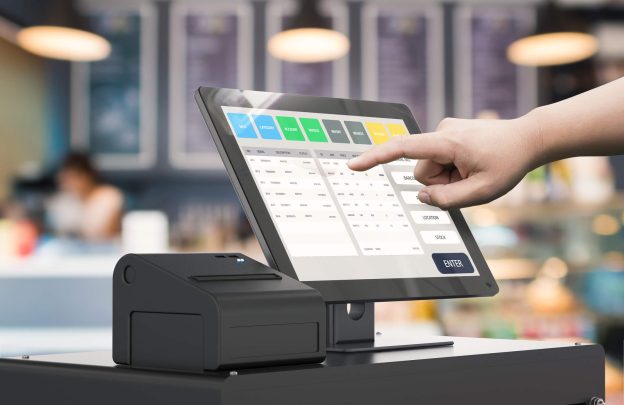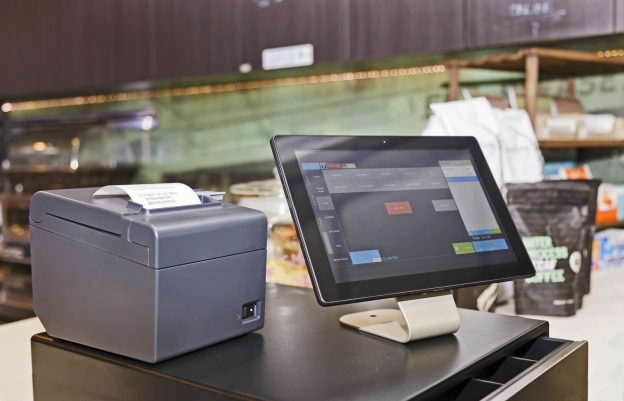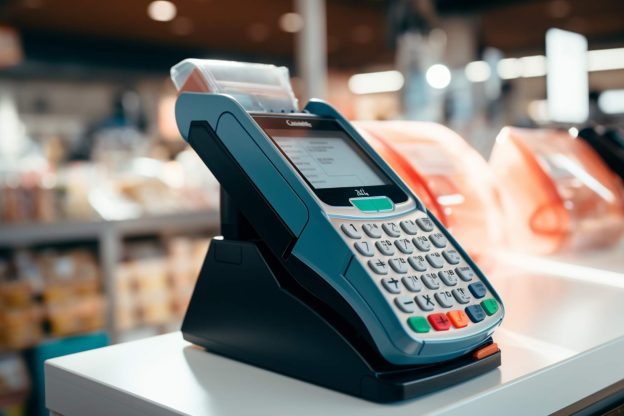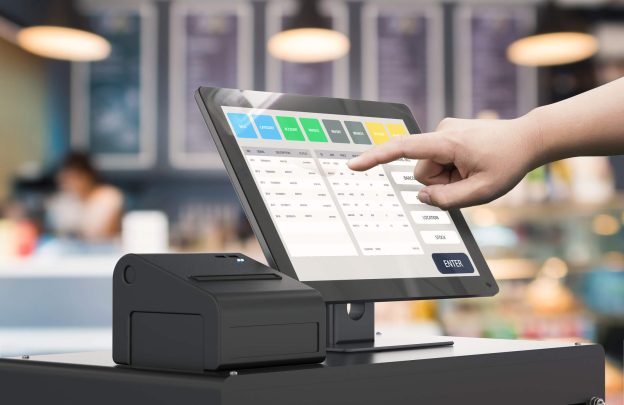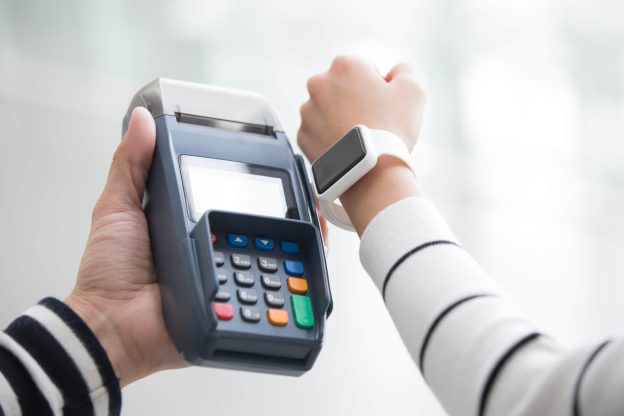In today’s digital age, running a business remotely has become increasingly popular and necessary. One of the key tools that can help businesses achieve this is a cloud-based POS system. A cloud-based POS system allows business owners to manage their operations from anywhere, at any time, without the need for physical presence.
In this article, we will explore the benefits and functionalities of a cloud-based Point of Sale system and provide a comprehensive guide on how to set it up and run your business remotely.
What is a Cloud-based POS System?
A cloud-based POS system is a software solution that enables businesses to process sales transactions, manage inventory, and analyze data through a cloud-based platform. Unlike traditional POS systems that require on-premise hardware and software installations, cloud-based Point of Sale systems operate entirely online. This means that all data is stored securely in the cloud, accessible through an internet connection.
Cloud-based POS systems offer numerous advantages over traditional systems. Firstly, they eliminate the need for expensive hardware installations, reducing upfront costs for businesses. Additionally, cloud-based systems provide real-time data synchronization across multiple devices, allowing business owners to access and manage their operations remotely. This flexibility is particularly beneficial for businesses with multiple locations or those that require mobility.
Setting Up a Cloud-based POS System
Setting up a cloud-based POS system is a relatively straightforward process. Here is a step-by-step guide to help you get started:
- Research and choose a cloud-based POS provider: There are numerous cloud-based POS providers available in the market. Research and compare different options based on your business needs, budget, and industry requirements.
- Sign up and create an account: Once you have chosen a provider, sign up for an account on their website. This will typically involve providing basic information about your business.
- Customize your settings: After creating an account, you will be prompted to customize your settings. This includes adding your business logo, setting up tax rates, and configuring payment options.
- Add your products and inventory: Next, you will need to add your products and inventory to the system. This can be done manually or by importing data from an existing spreadsheet or inventory management system.
- Set up hardware: Depending on your business requirements, you may need to set up hardware such as barcode scanners, receipt printers, and cash drawers. Most cloud-based POS systems are compatible with a wide range of hardware options.
- Train your staff: Once the system is set up, it is essential to train your staff on how to use the cloud-based POS system effectively. This includes teaching them how to process sales, manage inventory, and generate reports.
Integrating Inventory Management with a Cloud-based POS System
One of the key advantages of a cloud-based POS system is its ability to integrate with inventory management software. This integration allows businesses to streamline their inventory processes and ensure accurate stock levels. Here are some steps to integrate inventory management with a cloud-based Point of Sale system:
- Choose an inventory management software: Research and select an inventory management software that is compatible with your cloud-based Point of Sale (POS) system. Look for features such as real-time inventory tracking, purchase order management, and automated stock alerts.
- Sync your inventory data: Once you have chosen an inventory management software, sync it with your cloud-based POS system. This will enable automatic updates of stock levels whenever a sale is made or new inventory is added.
- Set up stock alerts: Configure stock alerts within your inventory management software to notify you when stock levels are running low. This will help you avoid stockouts and ensure timely reordering.
- Analyze sales and inventory data: Utilize the reporting capabilities of your cloud-based Point of Sale (POS) system and inventory management software to analyze sales and inventory data. This will provide valuable insights into product performance, demand trends, and profitability.
Streamlining Sales and Payment Processes
A cloud-based POS system offers several features that can streamline sales and payment processes. These features not only enhance efficiency but also improve the overall customer experience. Here are some ways to optimize your sales and payment processes with a cloud-based Point of Sale system:
- Accept multiple payment methods: Ensure that your cloud-based POS system supports a wide range of payment methods, including credit cards, debit cards, mobile payments, and contactless payments. This will cater to the diverse preferences of your customers and increase sales opportunities.
- Enable mobile ordering and payments: With the rise of mobile technology, offering mobile ordering and payment options can significantly improve customer convenience. Look for a cloud-based Point of Sale (POS) system that integrates with mobile ordering apps or offers its own mobile ordering capabilities.
- Implement customer loyalty programs: Many cloud-based POS systems come with built-in customer loyalty features. These programs allow businesses to reward loyal customers with discounts, points, or exclusive offers. Implementing a customer loyalty program can help increase customer retention and drive repeat business.
- Automate sales tax calculations: Manually calculating sales tax can be time-consuming and prone to errors. A cloud-based POS system can automate this process by accurately calculating sales tax based on the customer’s location and the products purchased. This ensures compliance with tax regulations and saves valuable time.
Enhancing Customer Experience with a Cloud-based POS System
A cloud-based POS system can significantly enhance the customer experience by providing seamless and personalized interactions. Here are some ways to leverage your cloud-based Point of Sale (POS) system to improve customer satisfaction:
- Offer personalized recommendations: Utilize the customer data stored in your cloud-based POS system to offer personalized product recommendations. This can be based on previous purchases, browsing history, or customer preferences. Personalized recommendations can increase sales and create a more engaging shopping experience.
- Enable online and offline integration: A cloud-based Point of Sale (POS) system allows businesses to seamlessly integrate their online and offline operations. This means that customers can start a transaction online and complete it in-store, or vice versa. This flexibility provides customers with a convenient and consistent shopping experience.
- Implement a customer feedback system: Use your cloud-based POS system to collect customer feedback and reviews. This can be done through email surveys, in-store feedback terminals, or integrated review platforms. Customer feedback is invaluable for identifying areas of improvement and enhancing the overall customer experience.
- Provide real-time order tracking: If your business offers delivery or shipping services, consider integrating real-time order tracking with your cloud-based POS system. This allows customers to track their orders from the moment they are placed until they are delivered. Real-time order tracking enhances transparency and builds trust with customers.
Analyzing Sales Data and Generating Reports
One of the key advantages of a cloud-based Point of Sale (POS) system is its ability to generate detailed sales reports and provide valuable insights into business performance. Here are some ways to analyze sales data and generate reports using your cloud-based POS system:
- Monitor sales trends: Utilize the reporting capabilities of your cloud-based POS system to monitor sales trends over time. This includes analyzing sales by day, week, month, or year, and identifying patterns or seasonal fluctuations. Understanding sales trends can help you make informed business decisions and optimize your product offerings.
- Track product performance: Use your cloud-based POS system to track the performance of individual products. This includes monitoring sales volume, profit margins, and customer demand. By identifying your best-selling products and underperforming items, you can make data-driven decisions regarding pricing, promotions, and inventory management.
- Analyze customer behavior: Leverage the customer data stored in your cloud-based POS system to analyze customer behavior. This includes identifying customer demographics, purchase patterns, and average order values. Understanding customer behavior can help you tailor your marketing strategies, improve customer segmentation, and enhance customer loyalty.
- Generate financial reports: A cloud-based POS system can generate various financial reports, such as profit and loss statements, balance sheets, and cash flow statements. These reports provide a comprehensive overview of your business’s financial health and can be used for budgeting, forecasting, and tax purposes.
Ensuring Data Security and Backup
Data security is a critical aspect of running a business remotely with a cloud-based POS system. It is essential to ensure that your data is protected from unauthorized access, loss, or corruption. Here are some measures to ensure data security and backup:
- Choose a reputable cloud-based POS provider: Research and choose a cloud-based Point of Sale (POS) provider that has a strong reputation for data security. Look for providers that offer encryption, secure data centers, and regular security audits.
- Implement user access controls: Set up user access controls within your cloud-based POS system to restrict access to sensitive data. This ensures that only authorized personnel can view or modify critical information.
- Regularly update software and security patches: Keep your cloud-based POS system up to date by installing software updates and security patches as soon as they are released. This helps protect against known vulnerabilities and ensures that your system is equipped with the latest security features.
- Backup your data regularly: Implement a regular data backup strategy to ensure that your business data is protected in the event of a system failure or data loss. This can be done by scheduling automatic backups to an external server or cloud storage.
Overcoming Challenges of Running a Remote Business
Running a remote business comes with its own set of challenges. However, with the right strategies and tools, these challenges can be overcome. Here are some common challenges of running a remote business and how a cloud-based POS system can help address them:
- Communication and collaboration: Remote businesses often face challenges in communication and collaboration among team members. A cloud-based Point of Sale (POS) system can provide a centralized platform for communication, allowing team members to share information, collaborate on tasks, and stay connected.
- Monitoring and supervision: Without physical presence, monitoring and supervising employees can be challenging. A cloud-based POS system can help overcome this challenge by providing real-time visibility into sales, inventory, and employee performance. This allows business owners to monitor operations remotely and identify areas that require attention.
- Customer support: Providing excellent customer support remotely can be a challenge. However, a cloud-based Point of Sale (POS) system can streamline customer support processes by providing access to customer data, order history, and communication logs. This enables customer support representatives to provide personalized and efficient assistance.
- Internet connectivity: Reliable internet connectivity is crucial for running a remote business. Ensure that you have a stable internet connection and a backup plan in case of outages. Additionally, choose a cloud-based POS system that offers offline capabilities, allowing you to continue processing sales and managing operations even without an internet connection.
FAQ’s
Q.1: Can I access my cloud-based POS system from multiple devices?
Yes, cloud-based POS systems are designed to be accessible from multiple devices, including computers, tablets, and smartphones. This allows you to manage your business remotely from any device with an internet connection.
Q.2: How secure is my data in a cloud-based POS system?
Cloud-based Point of Sale (POS) systems prioritize data security and employ various measures to protect your data. This includes encryption, secure data centers, and regular security audits. However, it is essential to choose a reputable provider and implement additional security measures, such as user access controls and regular data backups.
Q.3: Can I integrate my existing hardware with a cloud-based POS system?
Most cloud-based POS systems are compatible with a wide range of hardware options, including barcode scanners, receipt printers, and cash drawers. Check with your POS provider to ensure compatibility with your existing hardware or consider upgrading to hardware recommended by the provider.
Q.4: Can I generate customized reports with a cloud-based POS system?
Yes, cloud-based Point of Sale (POS) systems offer customizable reporting capabilities. You can generate reports based on specific criteria, such as sales by product, sales by location, or sales by time period. This allows you to analyze data according to your business needs and make informed decisions.
Conclusion
Running a business remotely has become increasingly feasible and efficient with the advent of cloud-based POS systems. These systems offer numerous benefits, including flexibility, real-time data synchronization, and remote access.
By setting up a cloud-based Point of Sale (POS) system, integrating inventory management, streamlining sales and payment processes, enhancing customer experience, analyzing sales data, ensuring data security, and overcoming challenges, businesses can successfully operate remotely. Embracing cloud-based technology empowers businesses to adapt to the changing landscape of the digital world and thrive in a remote business environment.


